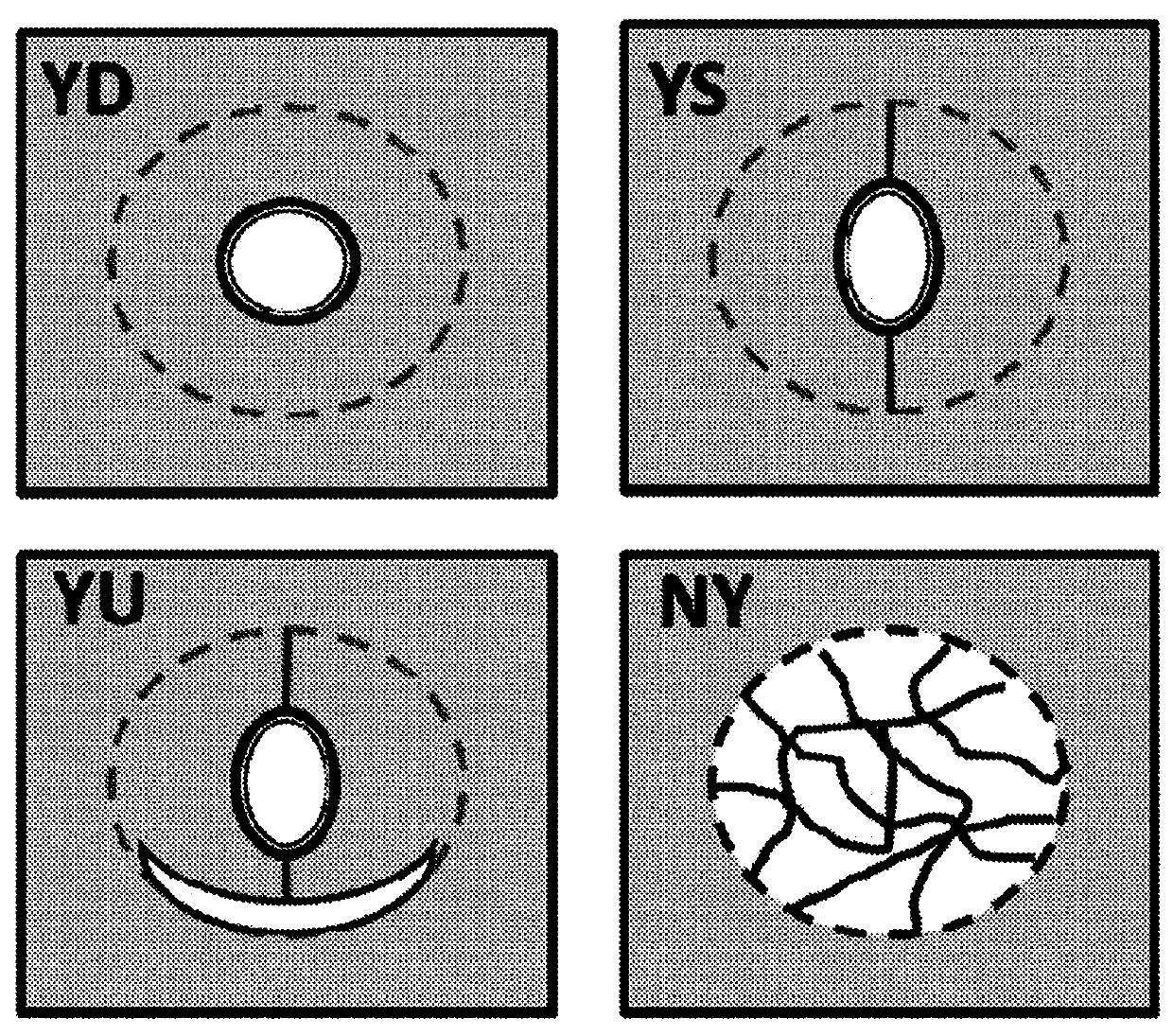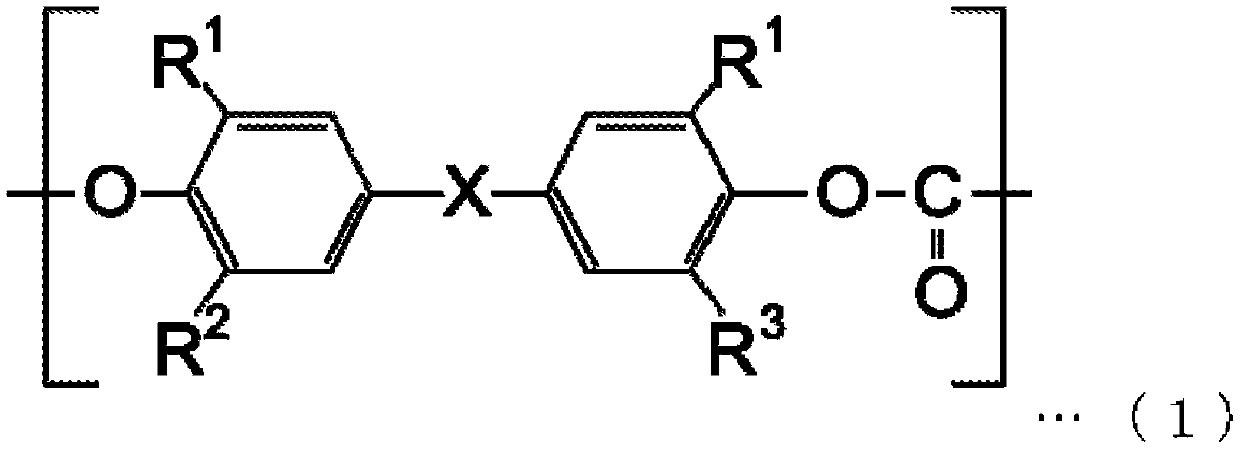Polycarbonate resin composition and molded article
A technology of polycarbonate resin and composition, which is applied in the field of polycarbonate resin composition and molded products, which can solve the problems of poor light resistance and achieve the effects of excellent scratch resistance, excellent jet blackness and high surface hardness
- Summary
- Abstract
- Description
- Claims
- Application Information
AI Technical Summary
Problems solved by technology
Method used
Image
Examples
Embodiment
[0229] Hereinafter, an Example is shown and this invention is demonstrated more concretely. However, the present invention is not limited to the following Examples, and can be implemented with any changes within a range not departing from the gist of the present invention.
[0230] The raw material components used in the following examples and comparative examples are shown in Table 1 below.
[0231] [Table 1]
[0232]
[0233] In the above-mentioned Table 1, the polycarbonate resins (B1) and (B2) used as the polycarbonate resin (B) were produced by the following production examples.
manufacture example 1
[0234]
[0235] Put 2,2-bis(3-methyl-4-hydroxyphenyl)propane (hereinafter referred to as "BPC") in a SUS reactor (inner volume: 10 liters) equipped with a stirrer and distillation condensing device 26.14 mol (6.75 kg) and 26.79 mol (5.74 kg) of diphenyl carbonate, after replacing the inside of the reactor with nitrogen, the temperature was raised to 220°C over 30 minutes under a nitrogen atmosphere.
[0236] Then, the reaction solution in the reactor was stirred, and cesium carbonate (Cs 2 CO 3 ), making it 1.5×10 moles relative to BPC1 -6 mol, the reaction liquid was stirred and matured at 220° C. for 30 minutes under a nitrogen atmosphere. Next, at the same temperature, the pressure in the reactor was reduced to 100 Torr over 40 minutes, and the reaction was carried out for 100 minutes to distill off phenol.
[0237] Next, the temperature in the reactor was raised to 284°C over 60 minutes and the pressure was reduced to 3 Torr to distill out substantially the total amou...
manufacture example 2
[0242]
[0243] Put 26.14 moles (6.75 kg) of BPC and 26.79 moles (5.74 kg) of diphenyl carbonate into a SUS reactor (inner volume: 10 liters) equipped with a stirrer and distillation condensing device, and replace the reactor with nitrogen Thereafter, the temperature was raised to 220° C. over 30 minutes under a nitrogen atmosphere.
[0244] Then, the reaction solution in the reactor was stirred, and cesium carbonate (Cs 2 CO 3 ), making it 1.5×10 moles relative to BPC1 -6 mol, the reaction liquid was stirred and matured at 220° C. for 30 minutes under a nitrogen atmosphere. Next, at the same temperature, the pressure in the reactor was reduced to 100 Torr over 40 minutes, and the reaction was carried out for 100 minutes to distill off phenol.
[0245] Next, the temperature in the reactor was raised to 284°C over 60 minutes and the pressure was reduced to 3 Torr to distill out substantially the total amount of phenol corresponding to the theoretical amount. Next, at the ...
PUM
| Property | Measurement | Unit |
|---|---|---|
| Viscosity average molecular weight | aaaaa | aaaaa |
| Viscosity average molecular weight | aaaaa | aaaaa |
Abstract
Description
Claims
Application Information
 Login to View More
Login to View More - Generate Ideas
- Intellectual Property
- Life Sciences
- Materials
- Tech Scout
- Unparalleled Data Quality
- Higher Quality Content
- 60% Fewer Hallucinations
Browse by: Latest US Patents, China's latest patents, Technical Efficacy Thesaurus, Application Domain, Technology Topic, Popular Technical Reports.
© 2025 PatSnap. All rights reserved.Legal|Privacy policy|Modern Slavery Act Transparency Statement|Sitemap|About US| Contact US: help@patsnap.com



